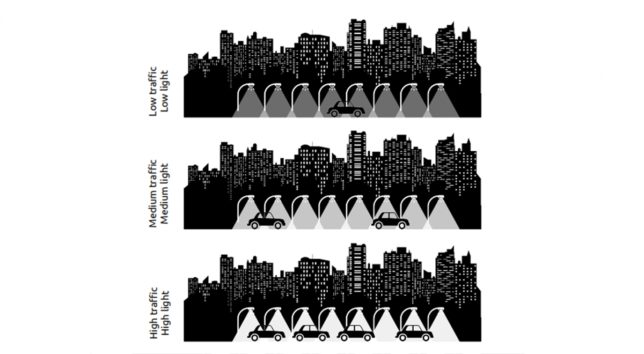MEDInA is an Innosuisse project, enabling the creation of low cost IoT self-adaptive Machine Learning based applications by developing an Artificial-Intelligence-as-a-Service (AIaaS) framework. AIaaS will provide a shareable edge/cloud platform that supports Machine Learning modules running on edges, improved by cloud, able to self-adapt locally.
 In the context of the MEDInA project, the Geneva-based, international company SixSq closely collaborates with two research groups of HES-SO: the DMML group of HEG, and the LSDS group of HEPIA. Moreove, three implementation partners participate in this project, having an active interest on the subject of study: the "Services Industriels de Genève" (SIG), the "Service de l'Air, du BRuit et des RAyonnements non ionisants" (SABRA) of the Canton of Geneva, and the Smart Geneva initiative.
In the context of the MEDInA project, the Geneva-based, international company SixSq closely collaborates with two research groups of HES-SO: the DMML group of HEG, and the LSDS group of HEPIA. Moreove, three implementation partners participate in this project, having an active interest on the subject of study: the "Services Industriels de Genève" (SIG), the "Service de l'Air, du BRuit et des RAyonnements non ionisants" (SABRA) of the Canton of Geneva, and the Smart Geneva initiative.

Example of an output of an object detection and recognition algorithm.
Current work by the DMML team includes partnering with SixSq in order to develop an AI solution that runs on edge devices such as a Raspberry Pi 4. The undertaken task is to detect and count cars passing from a street, using frames from cameras connected to the edge devices, and by using code that runs locally in the edge device. The goal is to use traffic volume monitoring in order to automatically control and regulate street light illumination in an adaptive way, that would have a significant energy saving impact for Smart Cities.

The concept of adaptive lighting, targeted by this project, which may have a huge impact in smart energy management of Smart Cities. (Image source: https://www.rheagroup.com/news/cloud-technology-enables-smart-lighting-smart-cities)
Current IoT platforms tend to centralize intelligence in the cloud. This model cannot scale in the context of Smart Cities, where a coordinated edge-cloud approach is required. However, current edge implementations cannot cope with IoT self-adaptive Machine Learning based applications. The main features of these applications is their ability to automate the process of gathering data from their environment and adapt their behavior accordingly through distributed machine learning.
Research for this project includes:
- Evaluation of single-shot detector models [3] in the specific setting.
- Provide a performance trade-off of speed vs. accuracy.
- Enable large scale neural networks to efficiently run on edge devices through post-training quantization [2] or distillation [1].
References
- Geoffrey E. Hinton, Oriol Vinyals, Jeffrey Dean: Distilling the Knowledge in a Neural Network. CoRR abs/1503.02531 , 2015.
- Li, Hao, et al. "Training quantized nets: A deeper understanding." Advances in Neural Information Processing Systems, 2017.
- Liu, Wei, et al. "Ssd: Single shot multibox detector." European conference on computer vision. Springer, Cham, 2016
Results at a glance:
We created a car tracking system, that can detect, track and count the cars passing from the street monitored by a camera. The system is adjusted to work at all hours of day and night, and with all respective lighting conditions. An exemplification of the system's operation can be seen in the following video.